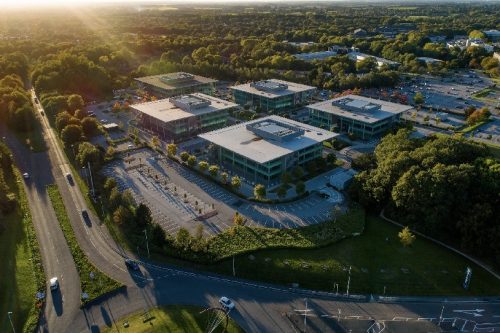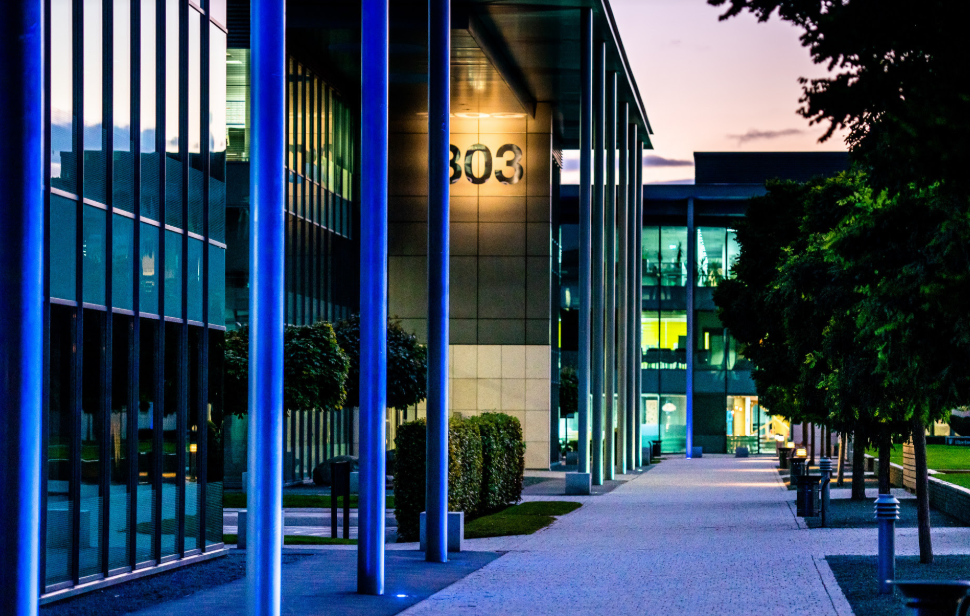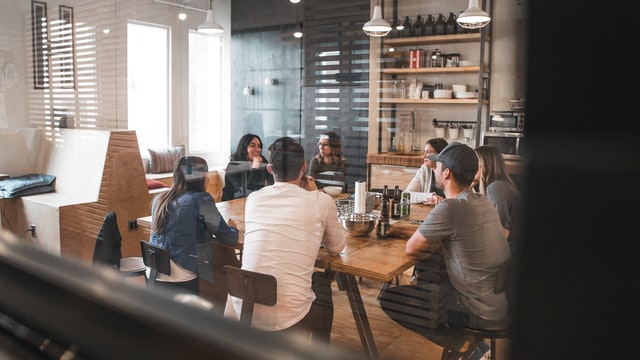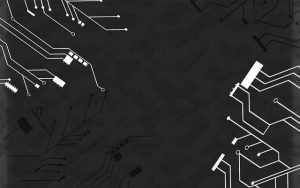The future of the office: what businesses and employees can expect from office life post-Covid

By Martin O’Rourke, Commercial Director at Birchwood Park
Returning to the office is currently a hot topic of debate on Zoom calls and in boardrooms across the country.
What are we going to do with our current space, do we need such a large office, will the team be happy to return to the office?
Whilst there’s no easy answer, or indeed a one-size-fits-all approach to the office debate, it can’t be denied that we’re witnessing times of extraordinary change and that businesses are needing to act quickly to keep up.
Regardless of business sector and specialty, and regardless of an employee’s profession or position, working habits have changed vastly from what they once were. But while we’re seeing the phasing out of the traditional, office-based 9am-5pm working week, the office continues to play a central role in the progression of a business and provides facilities and experience virtual and remote working simply cannot.

Birchwood Park
Technological advancements
The future of the office is not one of falling into redundancy, but instead, one centred on great advancements in technology. Over the past twelve months (and more) we’ve seen IT companies’ stock market values skyrocket with the surge in remote working, and you can expect to see in-office improvements such as investment into 5G technologies, more sophisticated portable tech and exploration of immersive screen technologies including virtual and augmented reality, continuing this boom.
With the rise of portable technology in particular, we can expect to see greater flexibility in the way employees use the office, so employers should shift in office layouts accordingly; floor spaces should be reconfigured to move away from set desktop spaces to hotdesking, for individualised working pods to allow for quiet and concentrated tasks, and for reduced capacity within meeting rooms.
We’re also witnessing a shift in the economy towards roles requiring interpersonal contact which AI simply cannot replicate. These areas are likely to be those which require shared working spaces and offices in order to carry out those tasks for which Zoom, Skype and Microsoft Teams are poor substitutes – face-to-face meetings, creative collaborations, appraisals and anything requiring emotional intelligence.
The Wellbeing agenda
As wealth generally increases, so too does the focus of the individual on comfort, happiness and wellbeing.
The COVID-19 pandemic has had a huge influence on the needs and expectations of staff; following months of remote working, staff have reclaimed valuable time from their commute and have been able to better control their working environment.
It’s vital employers now take an individualised approach to staff provisions; in order for the full potential of office space to be realised, and for it to better deliver for both office-based workers and their employers, we need to see shifts in the way businesses address the needs of individuals.
Having also proven that their jobs can be done away from the office, many will now not only be turning to their employers for more support during this transition, but also be looking for their employers to make their return to the office ‘worthwhile’ too.
The change on the horizon should not come as shock; the office has always evolved over time, from the days of in-office smoking, large banks of desks, typing pools and walls full of filing cabinets – it’s just that this latest wave of change has been accelerated by the Covid-19 pandemic. Now should be the time for leaders to stock of their current office, and how it works for their staff.
It’s also vital for those with office space on offer to also remain agile. From state-of-the-art, and even bespoke, fit outs, to providing flexibility when it comes to contracts and floorspace, a more amenable approach will be welcomed by businesses and see business parks and office buildings looked upon more favourably as a result.
For more insight on what the office of the future will look and feel like, check out our whitepaper here.










